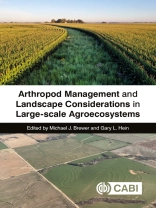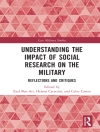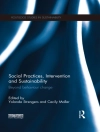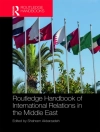For large-scale agroecosystems, patterns of pest population increases (graded increases or abrupt outbreaks) and declines (graded suppression or abrupt crashes) vary considerably and are influenced by factors within crop fields and across broader landscape scales. Better understanding of pest population dynamics and the implications of spatial interactions on the function and development of pest management approaches are the main themes of this important book.
The book builds from a 60+ year history of field-based pest management by focusing on the drivers of pest management in large-scale agroecosystems and the landscape-scale processes that affect these drivers and contribute to variation in pest outbreaks and suppression. These drivers include abiotic and biotic influences such as weather, spatial composition and arrangement of landscape elements, and widely applied managed inputs such as planting and crop rotation schedules, crop varietal selection, and land and soil conservation efforts. The book introduces general concepts, opportunities, and challenges of arthropod management in large-scale agroecosystems.
Case studies from major field crop-based agroecosystems are used to present research approaches and improve understanding and management of pest and beneficial insects in large-scale agroecosystems. Specific research findings are provided on multi-trophic interactions within the system as influenced by climate, landscape, and other ecological, agricultural, and social/economic components of the agroecosystem. The book concludes with a synthesis of these concepts and prospectus for future research and developments in arthropod management in large-scale, plant-based agroecosystems.
The book is essential reading for researchers in applied entomology and ecology and for pest management practitioners.
عن المؤلف
Gary Hein, Ph.D is Professor of Entomology and Director of The Doctor of Plant Health (DPH) Program. He has extensive experience in research and extension efforts across a diverse set of entomological problems in multiple crops. He now teaches and administers the DPH Program, an interdisciplinary professional program. His current research efforts focus on aspects of the biology and ecology of the wheat curl mite that impact the epidemiology of the three serious viruses that the mite transmits to wheat. Dr. Hein has published over 100 refereed articles, 8 book chapters, and over 100 Extension publications.












